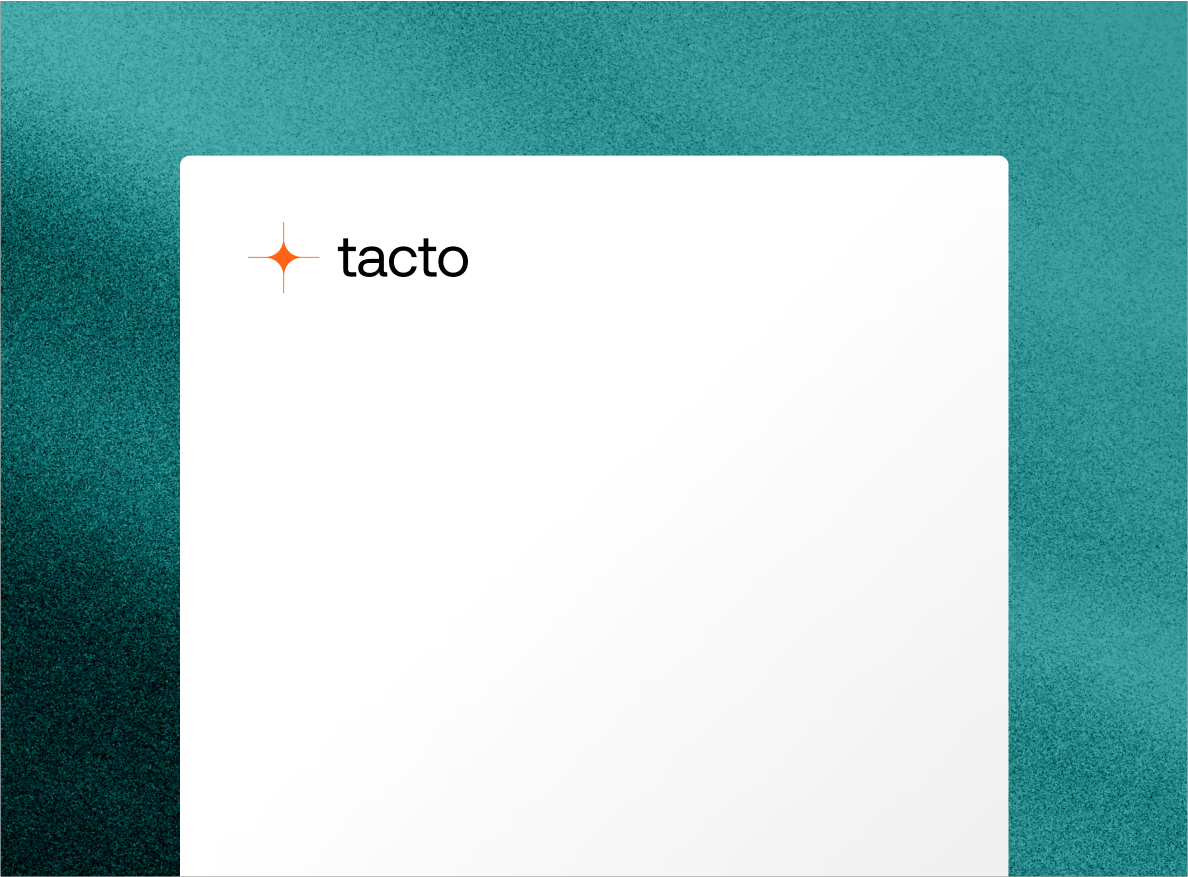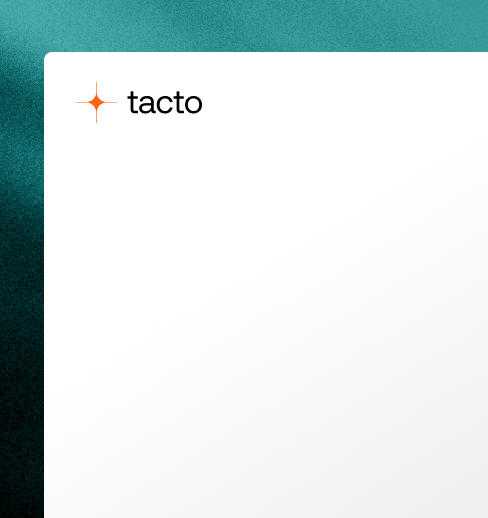Procurement Glossary
Target costing: definition & important aspects for buyers
Target costing is revolutionizing traditional product costing by taking the market price as a starting point and thus ensuring competitiveness from the outset. This structured overview shows how Procurement becomes a strategic partner in product development through target costing and makes a significant contribution to the company's success.
Target costing in a nutshell:
Target costing is a retrograde calculation method in which the permissible costs of a product are determined based on the maximum achievable market price. For Procurement , this means the strategic task of selecting suppliers and components in such a way that the specified target costs are achieved while complying with quality requirements.
Example: When developing a new smartphone, a market price of EUR 599 is targeted, which, after deducting the profit margin (20%) and other costs, results in a maximum budget of EUR 180 for material costs, which Procurement must adhere to through targeted supplier selection and negotiations.
Introduction to target costing
"Target costing is a strategic cost management tool that plays an important role in modern corporate management. It is a market-oriented approach to cost calculation in which the maximum permissible cost range of a product is determined backwards from the price achievable on the market. This innovative approach differs fundamentally from traditional costing methods, in which costs form the basis for pricing. Target costing was originally developed in Japan and has now established itself worldwide as an effective tool for cost control and product development. In this introduction, we will take a closer look at the basic principles, methods and possible applications of target costing."
What is target costing?
Target costing, also known as target costing, is a market-oriented method of cost management. It aims to control the manufacturing costs of a product during the product development phase in such a way that a previously defined market price and the targeted profit margin are achieved. The focus here is on customer requirements and competitive conditions in order to design products that are cost-efficient and meet demand.
Basic principles of target costing
Significance for Procurement
- Cost reduction: Procurement identifies cost-effective procurement sources and negotiates prices to achieve the target costs
- Supplier integration: early involvement of suppliers in the development process promotes innovation and cost savings
- Competitive advantage: Procurement contributes to the company's competitiveness through efficient cost controlling
- Quality assurance: balance between cost reduction and compliance with quality standards
Practical application in the procurement process
In target costing, Procurement works closely with other departments to achieve the target costs. Through market analyses and price negotiations, Procurement helps to ensure that materials and components are procured at optimal conditions. It also plays a key role in selecting suppliers who are willing to participate in joint cost reduction programs.
Advantages of target costing at a glance
- Market-oriented product development: products meet customer needs and are attractively priced
- Efficient use of resources: avoiding unnecessary functions and costs
- Improved collaboration: promoting teamwork between departments and with suppliers
- Long-term cost benefits: Sustainable reduction of production costs through continuous optimization
Target costing: From cost-plus calculation to market-oriented target costing
Target costing has evolved from the need to make products competitive and customer-oriented. While traditional methods such as cost-plus costing often led to unrealistic prices or low profit margins, target costing offers an approach that focuses on market analysis and customer needs. Companies must analyze and adjust their cost structures at an early stage in order to achieve the required target costs. This change is essential in order to be successful in a dynamic market environment and ensure economic profitability.
Old: Cost-plus calculation
Traditional approach: Cost-plus calculation was the standard pricing method for a long time. All costs incurred for a product were recorded and increased by a desired profit margin in order to determine the sales price. In practice, this approach often led to prices that were not competitive on the market or to products that did not meet customer requirements. This approach is characterized by an internal cost orientation without sufficient consideration of market and competitive factors. The main challenges were rigid cost systems and a lack of flexibility to react to market changes.
New: Target costing
Target costing: Modern target costing focuses on the market price and customer requirements. Backward-looking costing is used to determine the maximum permissible costs in order to be successful at a given market price and desired profit margin. In practice, this means close cooperation between departments and early involvement of project purchasing in the product development process. Innovation-promoting methods such as value analysis help to identify cost-intensive components and find alternative solutions. The advantages lie in greater market acceptance, cost efficiency and the ability to respond flexibly to customer requirements.
Practical example: Automotive industry
An international automotive group used target costing in the development of a new compact car. The close cooperation between development, Procurement and production as well as the integration of system supplierssuppliers, it was possible to reduce production costs by 12% compared to the previous model. At the same time, high-quality materials were used that met customer requirements. The market launch took place three months earlier than planned and the model achieved an 8% increase in sales within the first year. The combination of cost-efficient production and high product quality led to a significant increase in the company's competitiveness.
Conclusion on target costing
ConclusionTarget costing is an indispensable tool of modern purchasing, which sustainably strengthens the competitiveness of the company through its market-oriented approach. Systematic cost control as early as the development phase, combined with close cooperation between Procurement, other departments and suppliers, enables efficient product design at optimum cost. The combination of customer requirements and economic goals is particularly valuable, ensuring both customer satisfaction and profitability.







.png)
.png)
.png)
%20%E2%80%93%20Jakob%2C%20Ines.png)
%20%E2%80%93%20Jan%2C%20Jacob.png)
.png)
.png)
